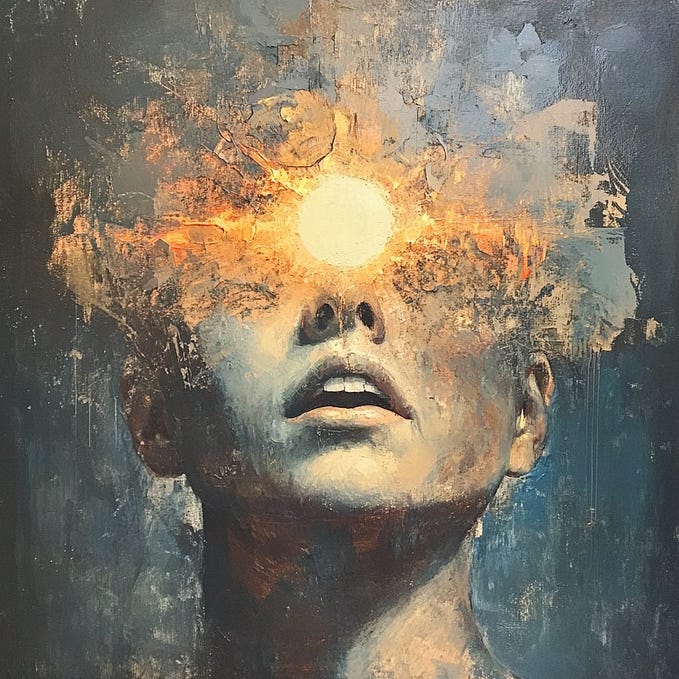The Essential Writers’ Tool: How to Build or Join a Feedback Group

Writing a piece of fiction can be like walking through a foreign land that seems endless, and occasionally filled with thorny brambles. Yes, you may have friends who will commiserate with your dilemmas, pour you some wine, or provide some good advice. But maybe the people you know just are not enough to get you where you need to go. Maybe you need to widen your circles, suck it up and meet some absolute strangers even if you’re an introvert — people who can guide you in new directions that you hadn’t considered before or hadn’t thought about strongly enough.
I received some great food for thought on how to do that this recently while attending the Science Fiction & Fantasy Writers Association’s (SFWA’s) annual Nebula Conference. There was one session filled with advice that can benefit all different kinds of fiction writers no matter their genre specialty: how to find or create a writers’ group to get feedback on what’s working, and what isn’t, in your stories.
Chances are, if you’re a creative writer, you’ve either heard of, or participated in one of these groups. Finding the right one, or founding one that really works, can be tricky business. But when they “click,” members point to what’s working, and what isn’t, in a piece of writing. Their insights can stimulate exciting ideas that strengthen your work.
The panelists noted that it’s better to join a group with members that are either at the same level or perhaps slightly above your own level of craftsmanship. Otherwise, you might run into a situation that’s like an MLB heavy hitter practicing with somebody that’s at the Little League level. Requires too much time for the seasoned pro to guide the newbie, and they won’t get the kind of deep insights they’re seeking.
Sometimes, even though you’re roughly at the same level as other people in a group, personal tastes clash. Even successful writers can have vastly different opinions about a TV series, book or movie. So, you have to identify people that appreciate your stories, and who’s work you believe in.
Yet at the same time, it’s especially helpful to have a variety of people in the group with different creative strengths. As the fiction writer and filmmaker MV Melcer noted during the panel, one member of a group might be gifted with dialogue, and another might write killer descriptions. Yet a third might really nail story structure down better than just about anyone else in the group. By having that kind of diversity, members can come to see their work from a variety of different angles.
Geography also plays a role. A lot of groups have been meeting virtually over the last couple of years, and some may continue to do so indefinitely. But I wouldn’t be surprised if more will opt for in-person gatherings as the world becomes less plague-infested. (Please, please!)
So how do you find the right writers? People on the panel had tried a few different routes. There’s the somewhat random approach of seeking a group on a site like meetup.com. Others have formed groups with colleagues who belong to the same professional organization, or people they’ve met at conferences or conventions. The group I’ve belonged to for years is made up of people whom I met during a series of classes taught by one particular teacher.
If a group is made up of advanced writers, they’re likely to be invitation-only. Another panelist, the Nebula Award winner William Ledbetter, belongs to that sort. In other words, it’s a kind of “friend of a friend” approach, which is great for identifying folks with similar tastes, level of expertise, and the right personality for honest and kind exchanges. This also helps keep the number of people in the group relatively small. After all, there’s only so much time in a meeting, and everyone needs to share a certain number of pages or words to get what they need.
One idea that I liked a lot came from Aigner Loren Wilson, who writes poetry, prose, nonfiction, and games. If you’re checking out a group for the first time, don’t share your work in the first meeting you attend, she suggested. Instead, read the work of the established members and listen to what’s discussed as a way of discovering if the group has the right vibe, and if the work of the other members is something you admire and feel you can support. Then in a second meeting (assuming there is one), share your work and see if the comments you receive are useful.
Wilson also said that she’s designed a group that includes a learning, or workshop, component. In other words, there’s an added bonus to each meeting beyond the critiques. I imagine this might take the form of everyone reading a certain passage of a well-known author’s book in advance, and then talking about the writer’s techniques and why they worked.
Another idea is to have an additional gathering each month that’s more of a hangout, where it’s just friends enjoying each other’s company, rather than getting into the nitty gritty of works in progress.
There have been other types of groups that have been essential to my own work, which I’ve written about in the past. For example, I meet once a month with some other creatives who, like me, run their own businesses. We help each other solve any number of different issues, kind of like a board of directors.
Another one of my groups is composed of people who won the Writer’s Lab for Women competition, which is sponsored by Meryl Streep and Nicole Kidman. We don’t have formal meetings but are there for each other when we need feedback. And we have a helluva good time whenever we get together.
Joining a group versus choosing to go it alone is kind of like the difference between wearing glasses or deciding not to when your vision isn’t perfect. We need each other’s guidance in order to see the blind spots and elevate the quality of our work.








